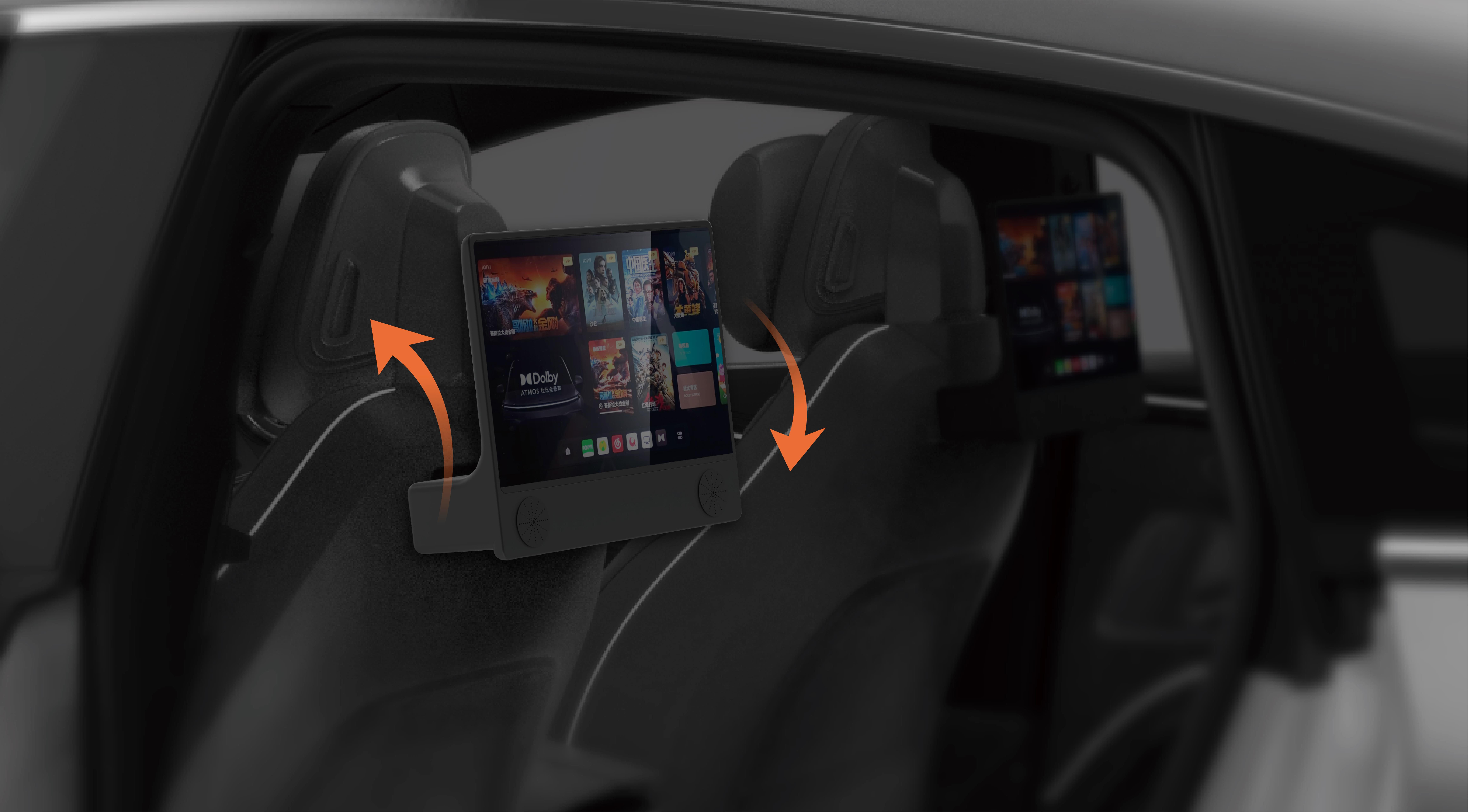Space exploration has always been a game of pushing boundaries. Every new breakthrough leads to further possibilities. So, what happens when we combine flexibility with the limitless potential of space? Enter free-flying, flexible-joint space robots.

Imagine a robot that doesn’t just follow rigid paths or predefined movements. Instead, it has the ability to move and adapt in any direction, almost like a dancer in the vastness of space. These robots are designed with an incredibly flexible joint system that allows them to twist, bend, and rotate with ease. They don’t just “move”—they glide.
Now, why is this such a big deal? For years, space missions have relied on rigid mechanical systems. While they get the job done, there’s a certain lack of freedom in how they operate. Free-flying robots, on the other hand, introduce the possibility of far more dynamic operations. Think about how this flexibility can change the way we approach tasks like repairing satellites or assembling space stations. Instead of rigid movements that are often limited by human-controlled robotics, flexible-joint robots could navigate through tight spaces and adapt in real-time to their surroundings.
But here’s the best part: they’re not tethered to anything. Free-flying means freedom—no long cables, no fixed points of attachment. They can move autonomously, using built-in sensors to assess their environment, which is perfect for tasks that require precision or agility. The space station might need a quick repair in an awkward position, or a satellite might be in need of a tweak. A flexible-joint robot can slip right into place, making quick and accurate fixes.
And if you're thinking about how this might impact the future of space missions, consider this: these robots could become the eyes and hands of astronauts, extending their reach without the risk of human error. Astronauts, for example, might be busy with other tasks, while the robot takes care of smaller yet critical adjustments—tasks that would otherwise require astronauts to suit up, go outside, and manually do the work. By sending in a free-flying robot, we're cutting down time, minimizing risk, and saving precious energy.
Not to mention, this kind of adaptability could be a game-changer for interplanetary missions. Imagine sending these robots to Mars or beyond. They could explore different terrains, assist with construction, and even help gather data without being constrained by traditional tools or systems. Their flexibility would be the key to success in environments that are anything but predictable.
The next question might be: how reliable are these robots? The answer is simple: incredibly reliable. Thanks to their adaptive nature, they can react to their environment in real-time, making them more resilient and capable in space’s unpredictable conditions. With advanced joint systems and the ability to navigate freely, they are designed to handle whatever challenges come their way.
As space missions grow more complex, the need for these versatile robots will become even more essential. Whether it’s helping with construction, performing repairs, or assisting astronauts in uncharted environments, free-flying, flexible-joint robots offer an unmatched solution to space exploration’s most difficult problems.
At KPOWER, we’re not just imagining the future of space robotics—we’re making it happen. Our free-flying flexible-joint space robots are not just a step forward; they’re a leap. Ready for the future? It’s already here.
Established in 2005, Kpower has been dedicated to a professional compact motion unit manufacturer, headquartered in Dongguan, Guangdong Province, China.




































